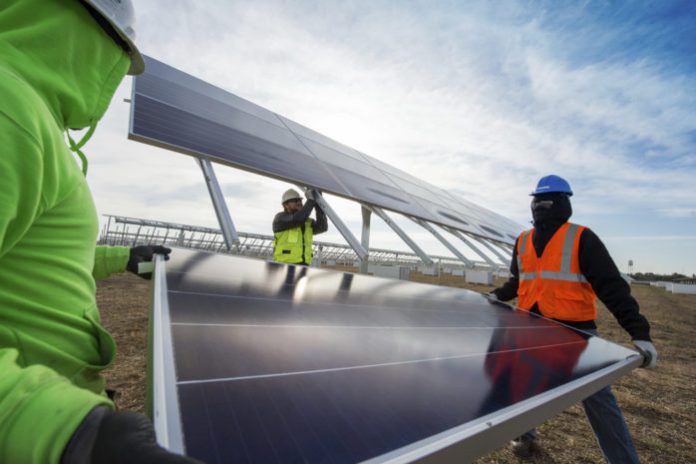If you’re of a certain age, the American solar pioneer SunPower evokes images of Stanford University innovation, record-setting efficiency and utility-scale deployments, as well as audacious venture investing by T.J. Rodgers.
But SunPower has had to make fundamental changes to continue to be relevant in a solar industry very different from that of its roots. The company aims to become an energy services provider, is leaving low-cost manufacturing to its Chinese partner, and is splitting into two independent, pure-play solar companies.
We spoke with SunPower CEO Tom Werner a few months ago about spinning off its solar module production into Maxeon Solar Technologies — with the help of a $298 million investment from Tianjin Zhonghuan Semiconductor (TZS). That was to happen before the end of this quarter and appears to be on schedule — as TZS just received approval from China’s State Administration for Market Regulation to go ahead with the deal.
Tom Werner, CEO of SunPower, said “Our planned transaction will allow for each company to focus on their core strengths in their respective markets around the world.”
Additionally, SunPower is selling its solar operations and maintenance (O&M) business to Canadian mid-market private equity firm Clairvest Group for an undisclosed sum. The SunPower business will fall under NovaSource Power Services.
NovaSource is already an O&M provider in commercial, industrial and utility-scale solar markets. The transaction is part of Clairvest’s campaign to build a solar O&M business through a “buy and build” strategy.
According to a release, “Clairvest is supporting the current leadership team of SunPower’s O&M division in a management buy-out, with the management team becoming material shareholders going forward.” NovaSource operates in nine countries and is Clairvest’s third investment in the solar energy sector.
SunPower had “solid first quarter execution,” according to Werner in an earnings call, who sees hope for May and June — after a harrowing April. SunPower has more than 8,000 full-time employees worldwide, of which about 2,000 are in the U.S.






